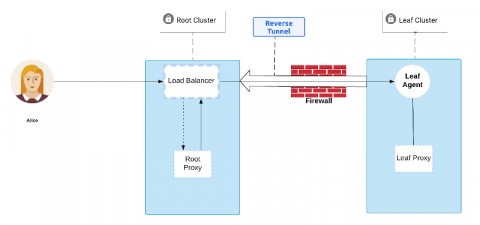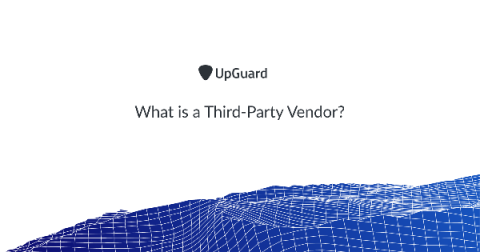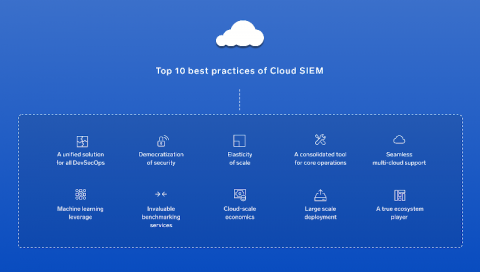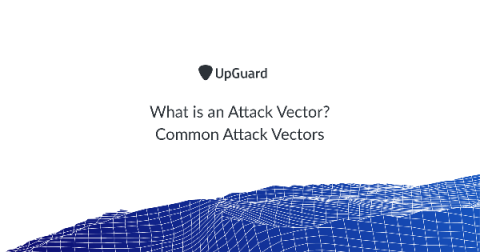Data Protection Officer (DPO)
A Data Protection Officer (DPO) is a role that oversees a company’s processing of personal data of staff, customers or any other data subjects to ensure it is done in accordance with the relevant data protection laws. A DPO effectively acts as a bridge between your company and data subjects as well as the ICO (or relevant regulatory authority).








